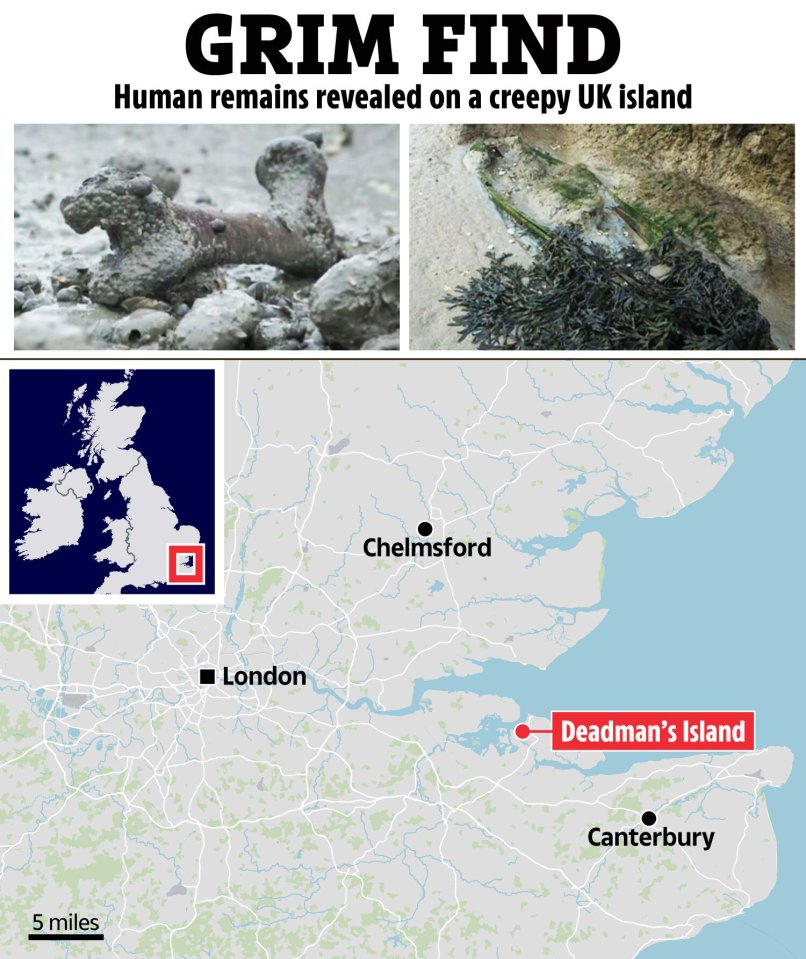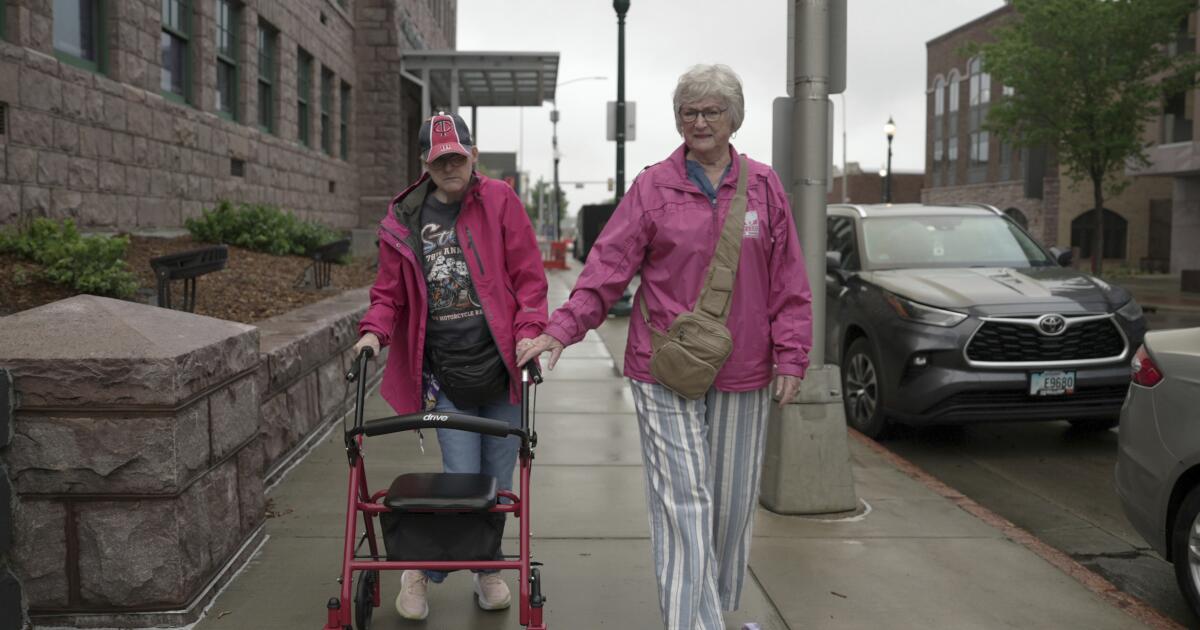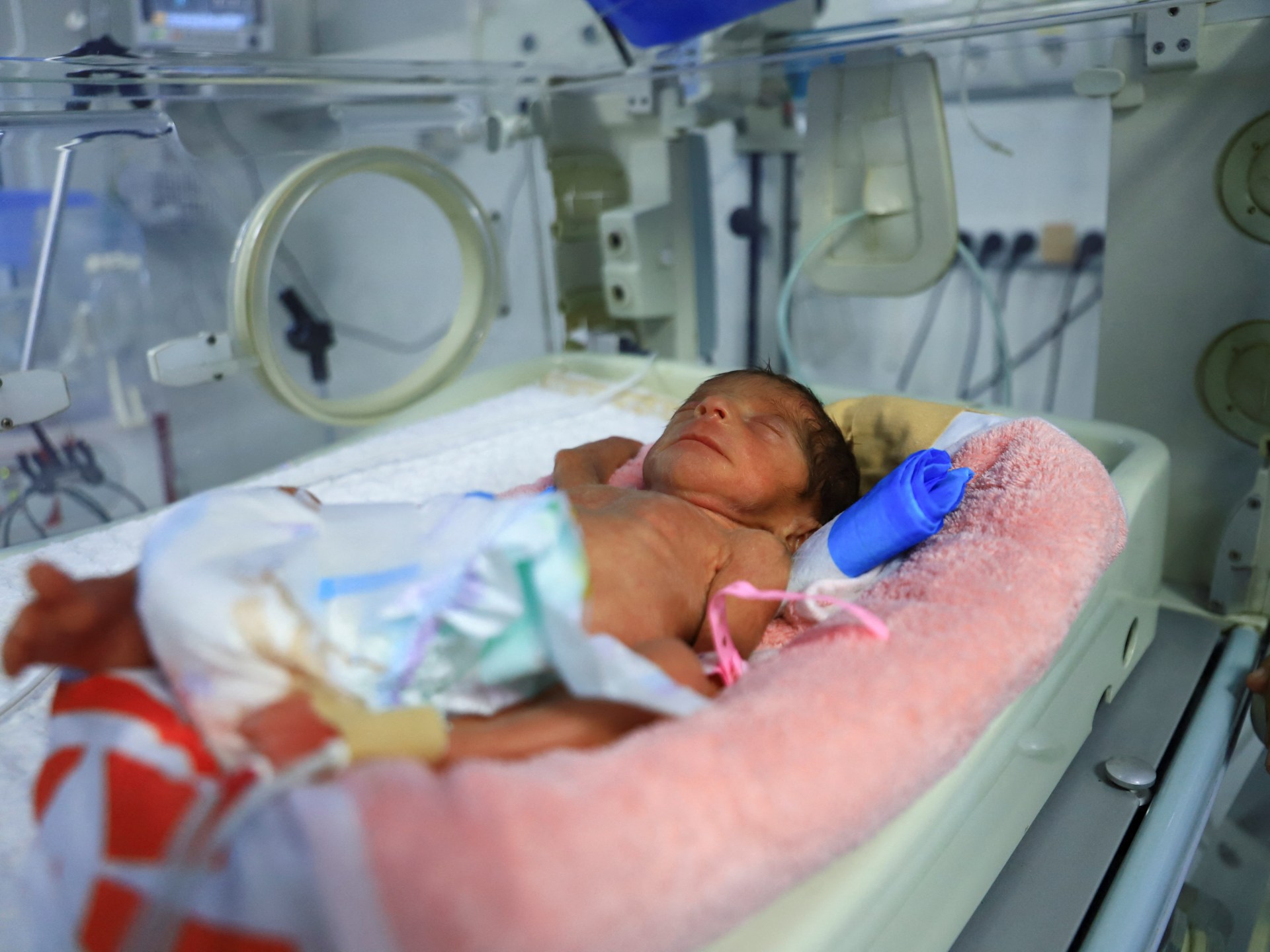Fat jabs vs weight loss ops – the best way to lose weight, live longer and slash your risk of deadly diseases revealed
WEIGHT loss injections and weight loss surgery are both effective ways to slim down.
But one may lead to longer life and fewer serious health problems, say scientists.
A large Cleveland Clinic study found people with obesity and type 2 diabetes who undergo weight loss surgery (known as bariatric or metabolic surgery) live longer and face fewer health risks compared with those treated with GLP-1 (glucagon-like peptide-1) receptor agonist weight loss jabs.
Patients who underwent weight loss surgery lost more weight, achieved better blood sugar control, and relied less on diabetes and heart medications over 10 years.
“Even with today’s best medicines, metabolic surgery offers unique and lasting benefits for people with obesity and diabetes,” said Ali Aminian, director of Cleveland Clinic’s Bariatric & Metabolic Institute and primary investigator of the study.
“The benefits we observed went beyond weight loss. Surgery was linked to fewer heart problems, less kidney disease, and even lower rates of diabetes-related eye damage.”
GLP-1 receptor agonists are a class of medications used to treat type 2 diabetes and obesity.
There’s been a sharp rise of their use in the UK, driven primarily by use for weight loss through private prescribing.
Both surgery and jabs improve cardiovascular health and metabolism.
But at the end of the study that followed 3,932 adults with diabetes and obesity who received care at Cleveland Clinic for up to 10 years, patients who underwent surgery had a:
- 32 per cent lower risk of death
- 25 per cent lower risk of major health problems (such as heart attack, heart failure, or stroke)
- 47 per cent lower risk of serious kidney disease
- 54 per cent lower risk of diabetes-related eye damage (retinopathy)
On average, people who had weight loss surgery lost 21.6 per cent of their body weight over 10 years, while those on weight loss jabs lost 6.8 per cent.
Hemoglobin A1c, a marker of average blood sugar, improved more with surgery than with GLP-1 medicines.
And patients who had surgery required fewer prescriptions for diabetes, blood pressure and cholesterol.
“Even in the era of these powerful new drugs to treat obesity and diabetes, metabolic surgery may provide additional benefits, including a survival advantage,” said Steven Nissen, Chief Academic Officer of the Heart, Vascular & Thoracic Institute at Cleveland Clinic and senior author of the study.
“Our findings indicate that surgery should remain an important treatment option for obesity and diabetes,” said Dr Aminian.
What are the side effects of weight loss jabs?
Like any medication, weight loss jabs can have side effects.
Common side effects of injections such as Ozempic include:
Nausea: This is the most commonly reported side effect, especially when first starting the medication. It often decreases over time as your body adjusts.
Vomiting: Can occur, often in conjunction with nausea.
Diarrhea: Some people experience gastrointestinal upset.
Constipation: Some individuals may also experience constipation.
Stomach pain or discomfort: Some people may experience abdominal pain or discomfort.
Reduced appetite: This is often a desired effect for people using Ozempic for weight loss.
Indigestion: Can cause a feeling of bloating or discomfort after eating.
Serious side effects can also include:
Pancreatitis: In rare cases, Ozempic may increase the risk of inflammation of the pancreas, known as pancreatitis, which can cause severe stomach pain, nausea, and vomiting.
Kidney problems: There have been reports of kidney issues, including kidney failure, though this is uncommon.
Thyroid tumors: There’s a potential increased risk of thyroid cancer, although this risk is based on animal studies. It is not confirmed in humans, but people with a history of thyroid cancer should avoid Ozempic.
Vision problems: Rapid changes in blood sugar levels may affect vision, and some people have reported blurry vision when taking Ozempic.
Hypoglycemia (low blood sugar): Especially if used with other medications like sulfonylureas or insulin.
“These long-term benefits are harder to achieve with GLP-1 medicines alone, as many patients stop using the medications over time.”
There were some limitations to the study – it was observational rather than a randomised comparison of drugs and surgery.
It also didn’t focus exclusively on the newest and most effective GLP-1 medicines.
The researchers said future studies should directly compare surgery with newer GLP-1 medicines, such as semaglutide and tirzepatide to guide treatment decisions.
The side effects of bariatric surgery
Bariatric surgery carries risks of both short-term and long-term side effects.
Short-term side effects
Infections: Wounds or internal areas can become infected after surgery.
Anethesia risk: Risks associated with general anesthesia can include breathing problems.
Nausea and vomiting: These are common, but severe or prolonged episodes should be reported to your surgeon.
Bleeding: Internal bleeding is a possibility after surgery.
Blood clots: These are a risk after any surgery and can occur in the legs.
Pain and swelling: Some discomfort and swelling are normal, but severe pain or swelling may indicate a problem.
Long-term side effects
Malnutrition: Reduced ability to absorb vitamins and minerals can lead to deficiencies.
Dumping syndrome: Rapid passage of food, especially sugary foods, into the small intestine can cause nausea, vomiting, diarrhoea, sweating, and dizziness.
Gallstones: Rapid weight loss can lead to the formation of gallstones.
Bowel obstruction: The stomach or small intestine can become blocked by scarring or other issues.
Hernias: These can occur after surgery.
Low blood sugar (hypoglycemia): Especially common after gastric bypass, this can be triggered by high-sugar foods.
Acid reflux: While some surgeries can help with reflux, others, like the gastric sleeve, can worsen it.
Stomach ulcers: Ulcers can develop in the stomach after surgery.
Excess skin: Rapid weight loss can leave loose folds of skin, which may require further cosmetic surgery to remove.
Failure to lose weight or weight regain: This can happen if lifestyle changes are not maintained.






